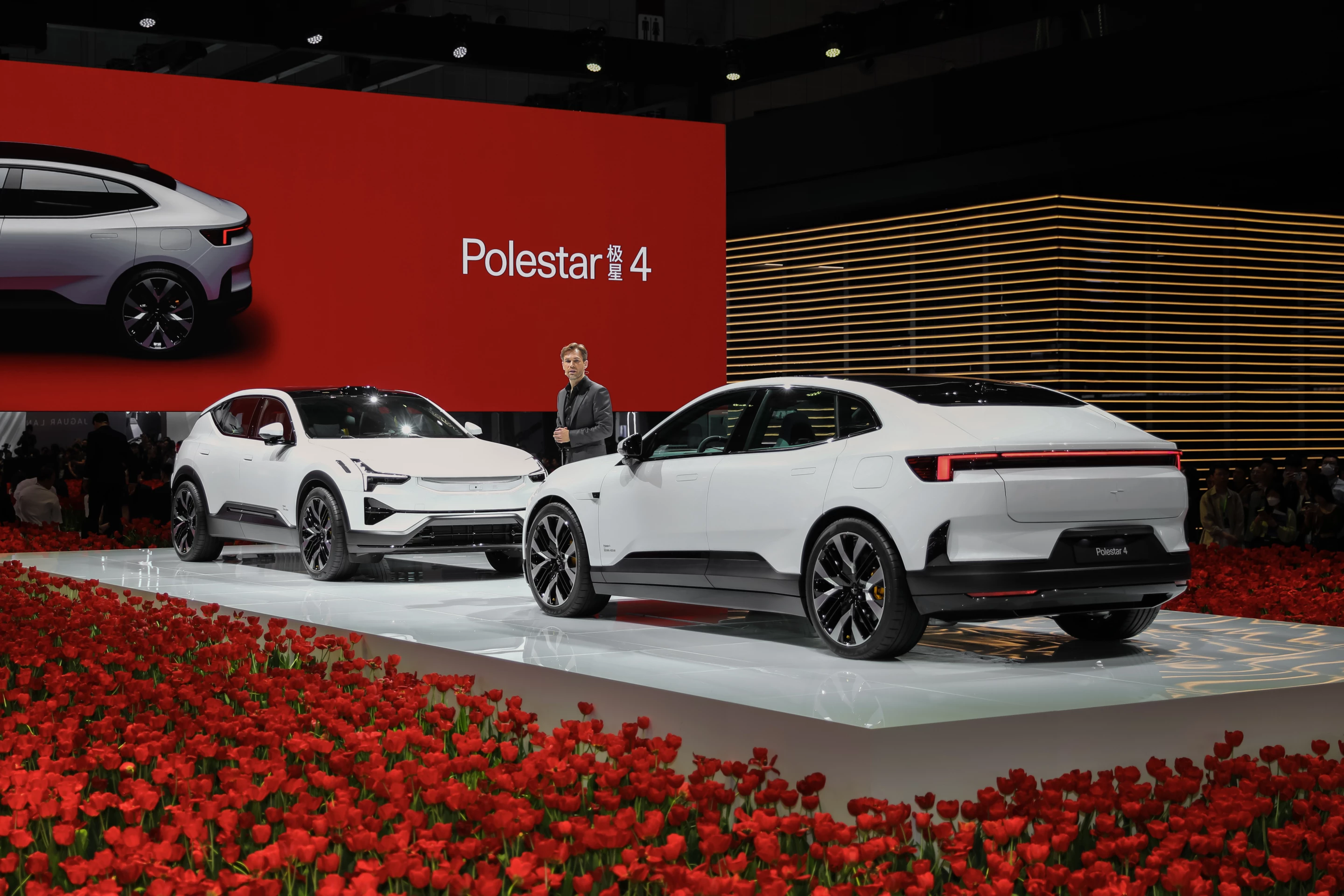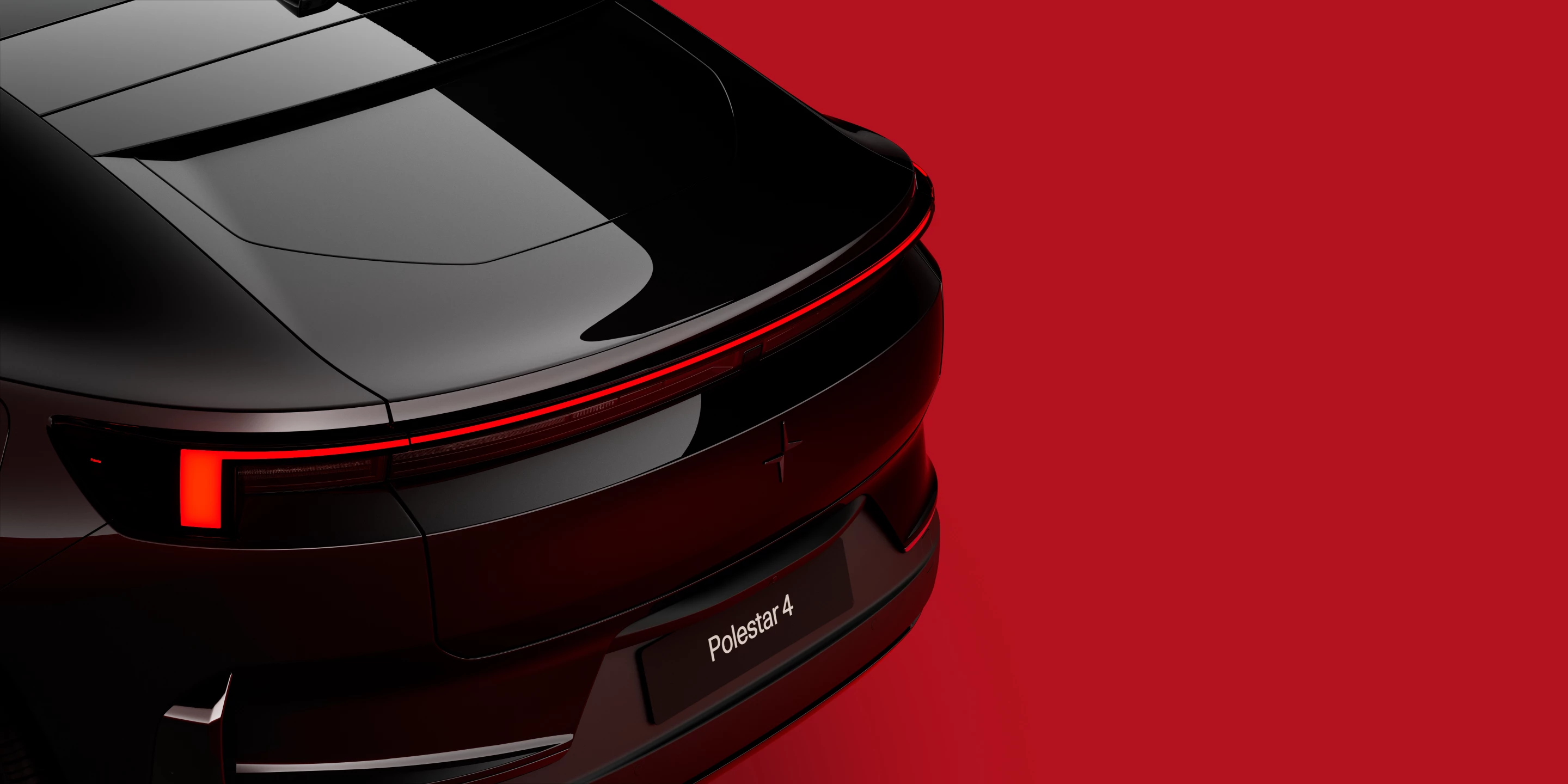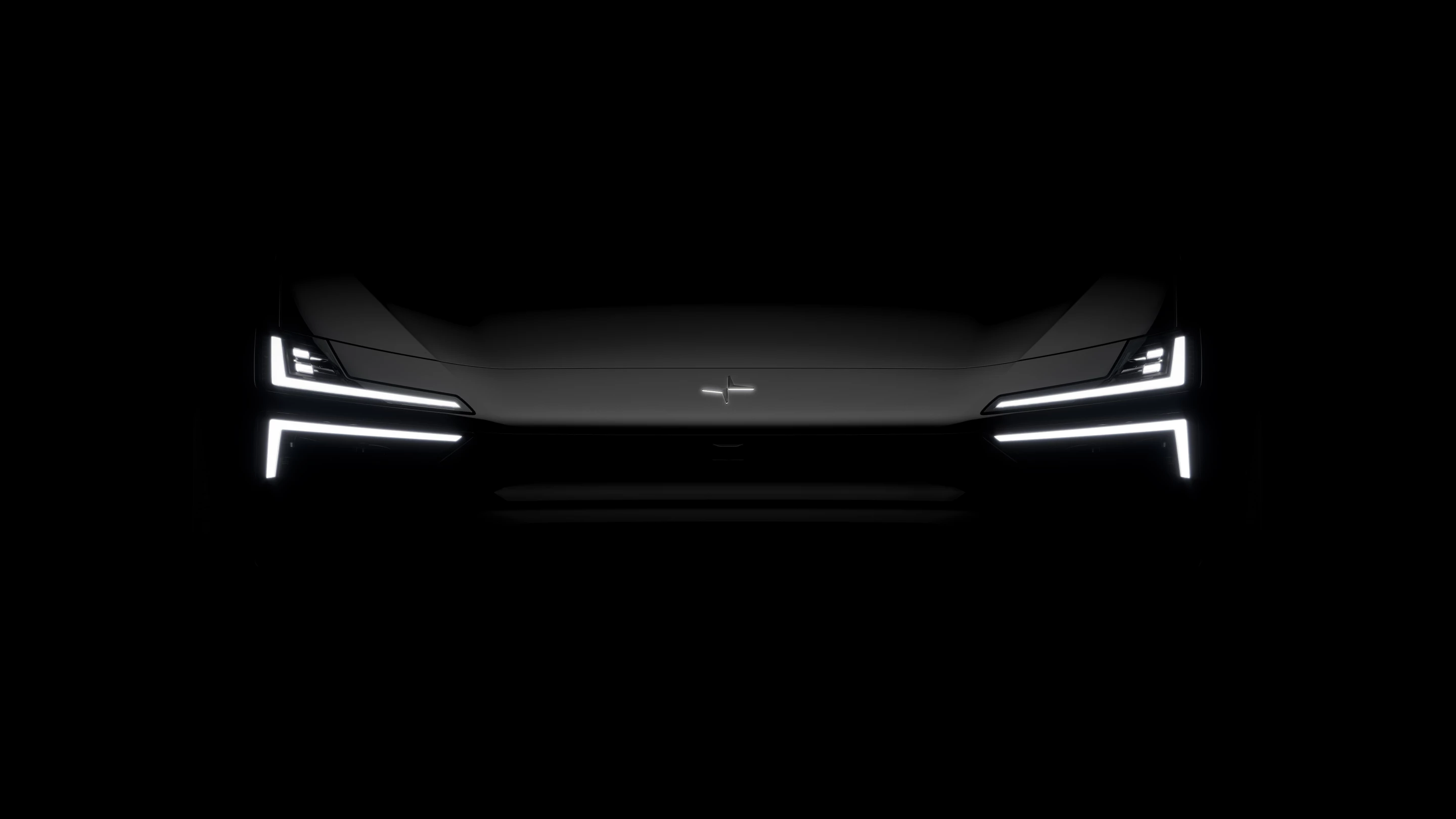After a few years of finding its footing and easing away teething problems, Polestar seems to be powering forward full-steam ahead. It introduced its first SUV, the Polestar 3, last October, and now it has quickly followed up with a second. The Polestar 4 is a smaller, sportier SUV that combines coupe-inspired styling and performance ambitions with SUV space and comfort. Not only does the Polestar design team drop the roofline into more of a coupe-like profile, it squeezes out the rear window entirely, creating a cleaner look and unique rear seating area.
The Chinese market loves VIP-style rear seats, so maybe it's not so surprising to see Polestar do away with the rear window in a bid to create a more private atmosphere in the rear of its latest electric car. Polestar promises rear passengers will be "cocooned" in an "immersive" and "intimate" environment complete with reclining seats. Hopefully they'll feel good about that as the driver crashes into the structure behind the vehicle while navigating the learning curve involved in focusing on the dangling digital rear-view, rather than through the rear window.
Of course, while it does unnecessarily complicate the basic "eyeballs + big, glass panel" formula that's been doing OK for about as long as the automobile itself, Polestar doesn't leave drivers totally rear-blind. The rear-view camera peeking out from the edge of the curvy glass roof feeds to the high-definition screen hung up in place of a simple rear-view mirror. The company even promises a "far wider field of view than what can be experienced in most modern cars."

And if the driver wants to use the rear-view like a mirror – say, to keep an eye on an infant in the rear seat – he or she can switch the camera feed off and do so ... which just further supports the idea that the windowless rear-end is pretentious tech/design for tech/design's sake. No need to fix or complicate what's already working, if you ask us.
That said, Polestar elaborates that the new body-color rear-end treatment allows it to extend the full-length glass roof over top the rear passengers' heads, adding to the distinctive rear-seat ambience. Further, the electrochromic design of the roof lets occupants switch between opaque and transparent, personalizing the ambience a touch more. There's also a solar system-inspired adjustable interior lighting system to add one more layer of atmosphere.
The winddow-free rear stems from the 2020 Precept concept, which has served as a loose blueprint for Polestar's recent design transition. That concept also previewed the Polestar 4's split Thor's hammer front lighting design, flush door handles and rear blade lighting, not to mention helping influence its coupe-inspired shape.
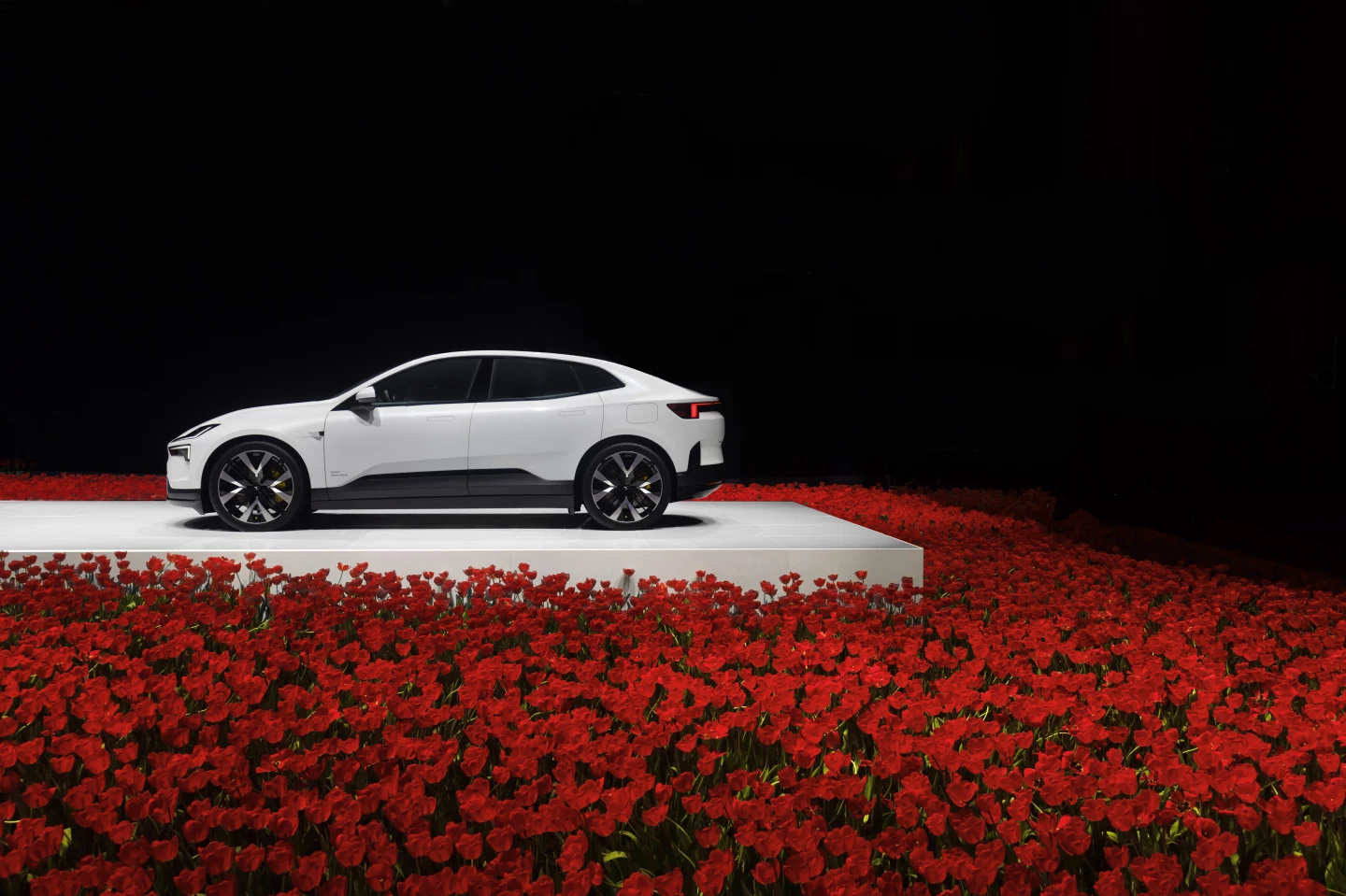
"With Polestar 4, we have taken a fundamental new approach to SUV coupe design," explained Polestar CEO Thomas Ingenlath. "Rather than simply modifying an existing SUV, giving it a faster roofline and as a result, compromising elements like rear headroom and comfort, we have designed Polestar 4 from the ground up as a new breed of SUV coupe that celebrates rear occupant comfort and experience."
In terms of electric powertrain tuning, the 191-in (484-cm) Polestar 4 is all about performance. Polestar takes care to note that the new model is its quickest production vehicle yet, promising a 0-62 mph (100 km/h) time of 3.8 seconds. That time ties to the 536-hp (400-kW) dual-motor model, but the humbler 268-hp single-motor version still promises a sharp, sporty ride with rear-wheel-drive orientation.
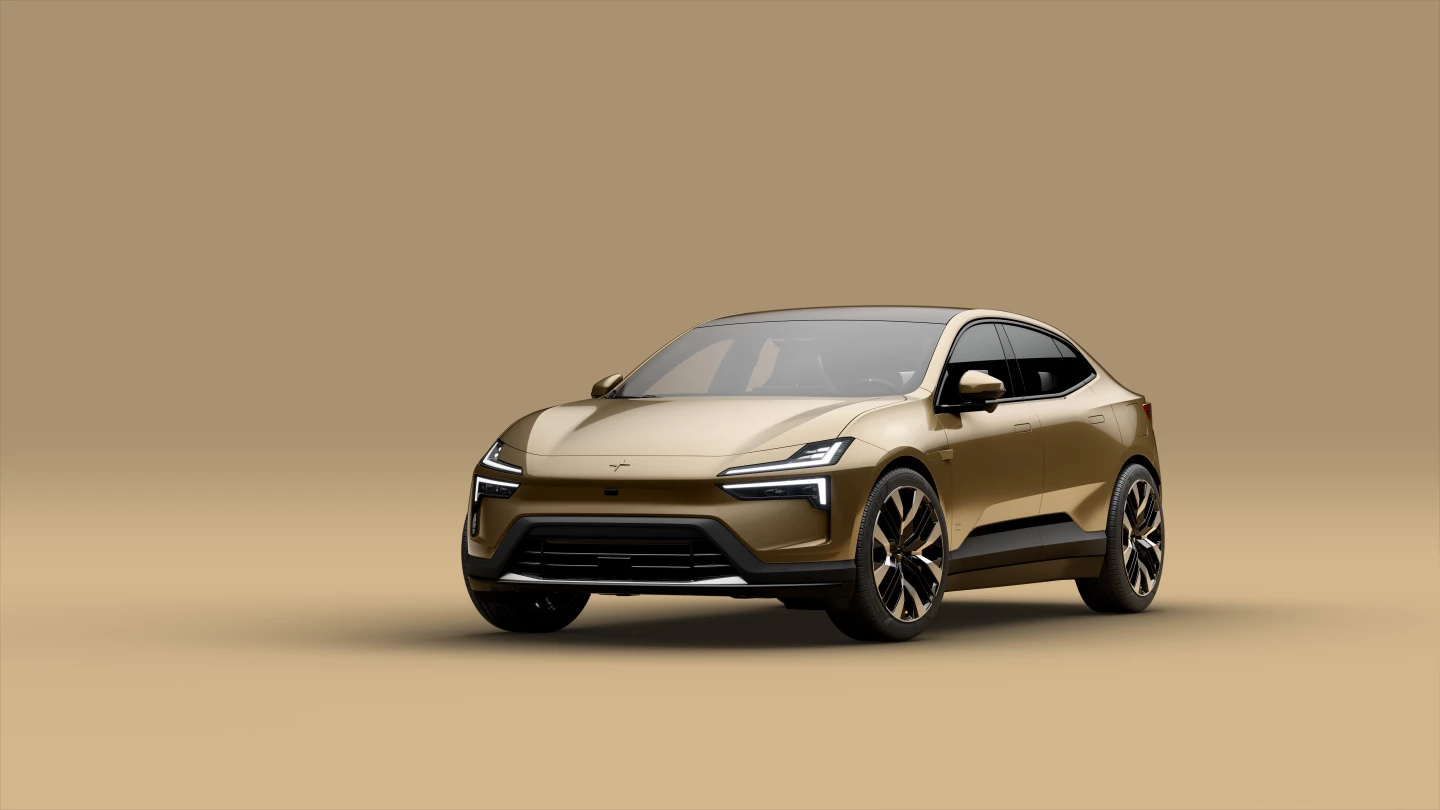
The single-motor RWD 4 will get the most range – when equipped with the 102-kWh long-range battery pack option, Polestar expects it to go 373 miles (600 km, WLTP) before requiring a charge. The 348-mile (560-km) long-range dual-motor variant doesn't lose too much traveling autonomy, owed in part to a decoupling feature that lets it disconnect the front motor and commute along more efficiently as an RWD.
All Polestar 4 variants will come equipped with 200-kW DC fast-charging and 22-kW AC charging capabilities, complete with a motorized charging door. Bidirectional charing with vehicle-to-load capability will allow the car to power external devices.
The Polestar 4 also comes loaded with the full boat of modern tech, delivered to the fingertips via a 15.4-in touch widescreen powered by Snapdragon Cockpit Platform and neatly integrated with Google via Android Automotive. That infotainment system is further supported by a 10.2-in digital instrument panel and 14.7-in head-up display projection with snow-friendly yellow text option.

Assistive and safety tech comes powered by a standard suite of 12 cameras, 12 ultrasonic sensors and one radar, and includes the Mobileye's SuperVision Advanced Driver Assistance System. A standard heat pump lets the car repurpose ambient heat in preconditioning the cabin and battery.
The Polestar 4 made its debut at the Auto Shanghai 2023 motor show that kicked off this week and will launch first in China, with production planned to begin at Geely's Hangzhou Bay plant in November. North American, European and Asia-Pacific market launches are planned for early 2024, and prices will start at US$60,000.
Source: Polestar

